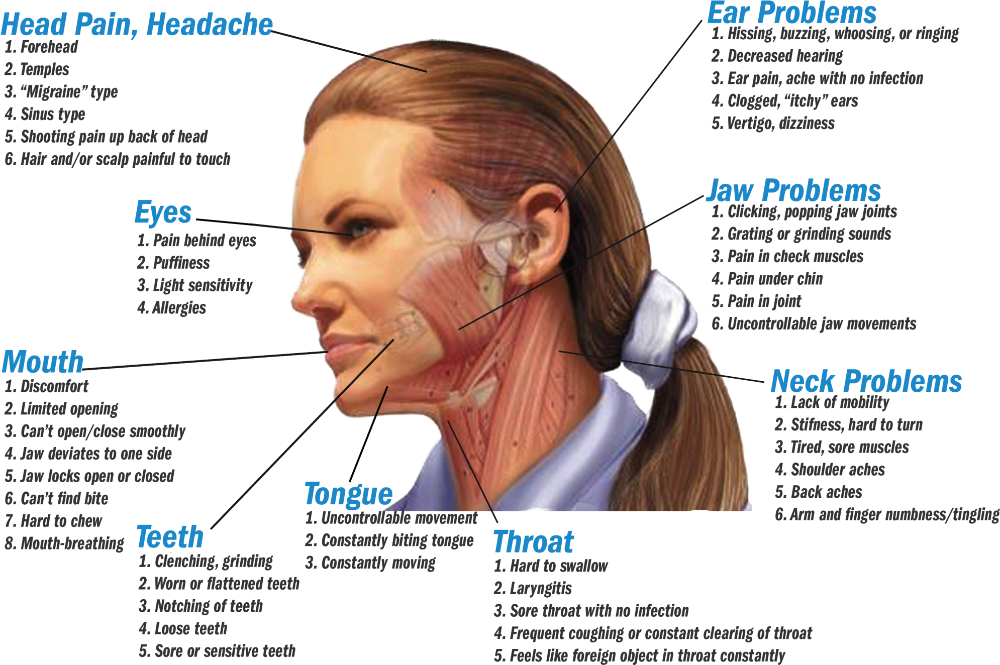+918600111087

This is your website preview.
Currently it only shows your basic business info. Start adding relevant business details such as description, images and products or services to gain your customers attention by using Boost 360 android app / iOS App / web portal.
The TMJ, or the temporomandibular joint, connec...

The TMJ, or the temporomandibular joint, connects the lower jaw to the temporal bones at the side of the skull. If you place your fingers in front of your ears and open your mouth, you can feel the joint on each side of your head. Because these joints function as both sliding and hinge joints, the jaw can move smoothly up and down and side to side, enabling us to talk, chew and yawn. Muscles attached to and surrounding the jaw joint control its position and movement. When we open our mouths, the rounded ends of the lower jaw, called condyles, glide along the joint socket of the temporal bone. The condyles slide back to their original position when we close our mouths. To keep this motion smooth, a soft disc lies between the condyle and the temporal bone. This disc absorbs shocks to the TMJ from chewing and other movements.

